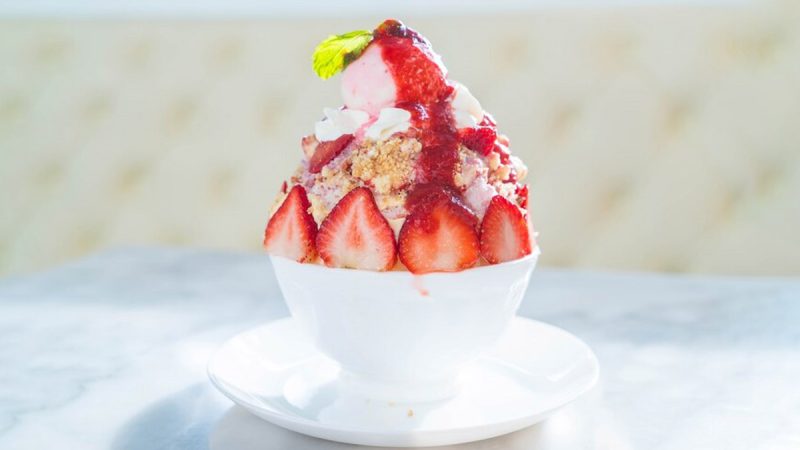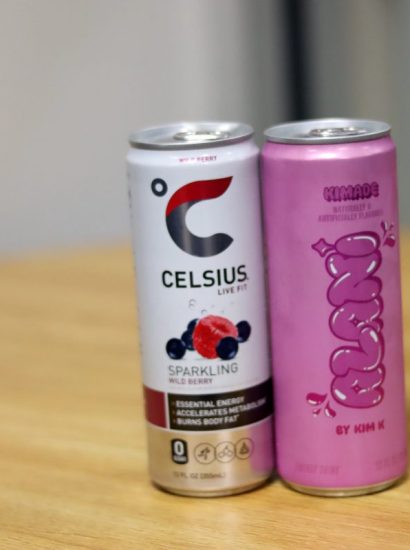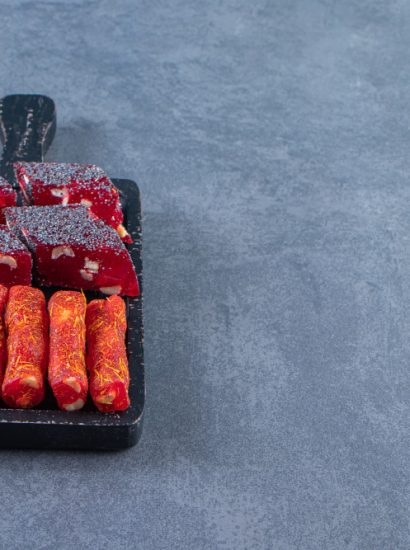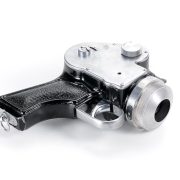Bingsu (빙수), a beloved Korean dessert, has captivated taste buds around the world with its refreshing taste and Instagram-worthy presentation. Made from finely shaved ice and often topped with condensed milk, fruits, red beans, and even cheesecake cubes, bingsu seems like a guilt-free, icy treat. But is bingsu really as light as it looks? That’s the question many health-conscious dessert lovers are starting to ask.
This article takes a detailed look at the caloric content, nutritional value, and health implications of bingsu—helping you decide whether it’s a smart splurge or a stealthy sugar bomb.
What Is Bingsu, Exactly?
Bingsu, sometimes spelled “bingsoo,” is a Korean shaved ice dessert. Traditionally topped with pat (sweet red beans), modern bingsu now comes in endless varieties—from fruit-laden bowls to extravagant chocolate, matcha, and tiramisu-inspired versions.
Basic components include
- Shaved ice (milk- or water-based)
- Sweeteners like condensed milk or syrup
- Toppings such as fruit, cereal, jelly, ice cream, nuts, or even mochi
These toppings are what transform simple ice into a decadent treat—but also what determines its calorie content.
Bingsu Calories by Type: A Comparative Look
Calories in bingsu vary dramatically depending on ingredients and portion size. Here’s a breakdown of some popular varieties:
| Bingsu Type | Estimated Calories (per regular serving) |
| Traditional Pat Bingsu | 300–450 kcal |
| Strawberry Bingsu | 400–550 kcal |
| Mango Bingsu | 450–600 kcal |
| Injeolmi (Soybean Powder) | 350–500 kcal |
| Tiramisu or Cheesecake | 600–900+ kcal |
| Chocolate or Oreo Bingsu | 650–1,000+ kcal |
➡ Key Insight: While some types like Pat Bingsu are relatively light, premium dessert-style bingsu can contain more calories than a fast-food burger.
What Affects the Calorie Count in Bingsu?
Several factors influence the total calorie content of a bowl of bingsu:
Ice Base
- Milk-based ice contains more calories than water-based ice but provides creaminess.
- Water-based versions are lighter and closer to traditional forms.
Sweeteners
- Condensed milk adds flavor and richness but is high in sugar and calories.
- Syrups and sugar drizzles often go unnoticed but can add 50–100 kcal per spoonful.
Toppings
- Fruit is a healthier choice but still adds natural sugars.
- Ice cream, cheesecake, brownies, whipped cream, and cereal significantly increase the calorie load.
- Injeolmi (rice cake) is surprisingly dense in calories despite its small size.
Portion Size
- Bingsu is usually served in large sharing bowls, but many people eat them solo—easily doubling the calorie intake.
Is Bingsu a Healthy Dessert Option?
Pros:
- Hydrating and refreshing, especially in hot weather
- Can be rich in fiber and vitamins if topped with fresh fruit
- Low in fat if dairy and cream toppings are avoided
Cons:
- Often contains added sugars, saturated fats, and refined carbs
- Portion sizes tend to be oversized
- Caloric density is underestimated due to its cold, fluffy texture
➡ In short: Bingsu can be healthy or heavy—it depends on how it’s made and how much you eat.
How to Make Bingsu Healthier
Here are some tips for enjoying bingsu without overloading on calories:
Choose Water-Based Ice
Opt for plain shaved ice over milk-based for a lighter base.
Pick Fresh Fruits
Fruits like strawberries, mangoes, and bananas offer sweetness, fiber, and antioxidants with fewer calories than syrups or candy toppings.
Watch the Drizzles
Ask for less condensed milk or syrup, or request it on the side so you can control the portion.
Skip the Ice Cream
Ice cream can add 200–300 extra calories. Choose a small scoop or none at all.
Share Your Bingsu
Bingsu is typically served in big portions. Split it with a friend or two to halve the calories without halving the fun.
Comparing Bingsu to Other Desserts
How does bingsu stack up against other popular sweets?
| Dessert | Average Calories |
| Bingsu (regular) | 400–800 kcal |
| Ice Cream Sundae | 500–700 kcal |
| Milkshake | 600–900 kcal |
| Cheesecake Slice | 400–500 kcal |
| Fruit Parfait | 350–450 kcal |
➡ While bingsu can look lighter than it is, it can compete in calories with some of the richest desserts if you’re not mindful.
Conclusion
Not always.
Bingsu can be both a light refreshment or a high-calorie indulgence depending on how it’s made. Traditional, simple versions like Pat Bingsu or Fruit Bingsu can be relatively healthy choices, especially when shared. But modern gourmet versions—loaded with syrups, cream, and cake—can pack more calories than a full meal.
So the next time you’re ordering bingsu, remember: it’s not just ice. With a few tweaks or some portion control, you can still enjoy this Korean favorite without overdoing it.
FAQs
1. How many calories are in a typical serving of bingsu?
A regular serving ranges from 300 to 900 calories, depending on toppings and portion size. Tiramisu or chocolate bingsu tends to be on the higher end.
2. Is bingsu a good option for dieting?
Yes, if you choose water-based ice and fresh fruits, and avoid sugary toppings like syrup, ice cream, or cheesecake. Sharing also helps.
3. Does bingsu contain dairy?
Yes, many bingsu versions include milk-based ice and condensed milk. Always check with the vendor if you’re lactose-intolerant.
4. Is there a vegan version of bingsu?
Yes, some places offer water-based shaved ice with plant-based toppings like fruit and syrup without dairy.
5. Can I make low-calorie bingsu at home?
Absolutely! Use a home ice shaver, top it with fresh fruit, and skip the sugary toppings. You can make a bowl for under 250 calories.
Also read: Aaron Patzer: The Visionary Entrepreneur Behind Mint.com and Vital Software









